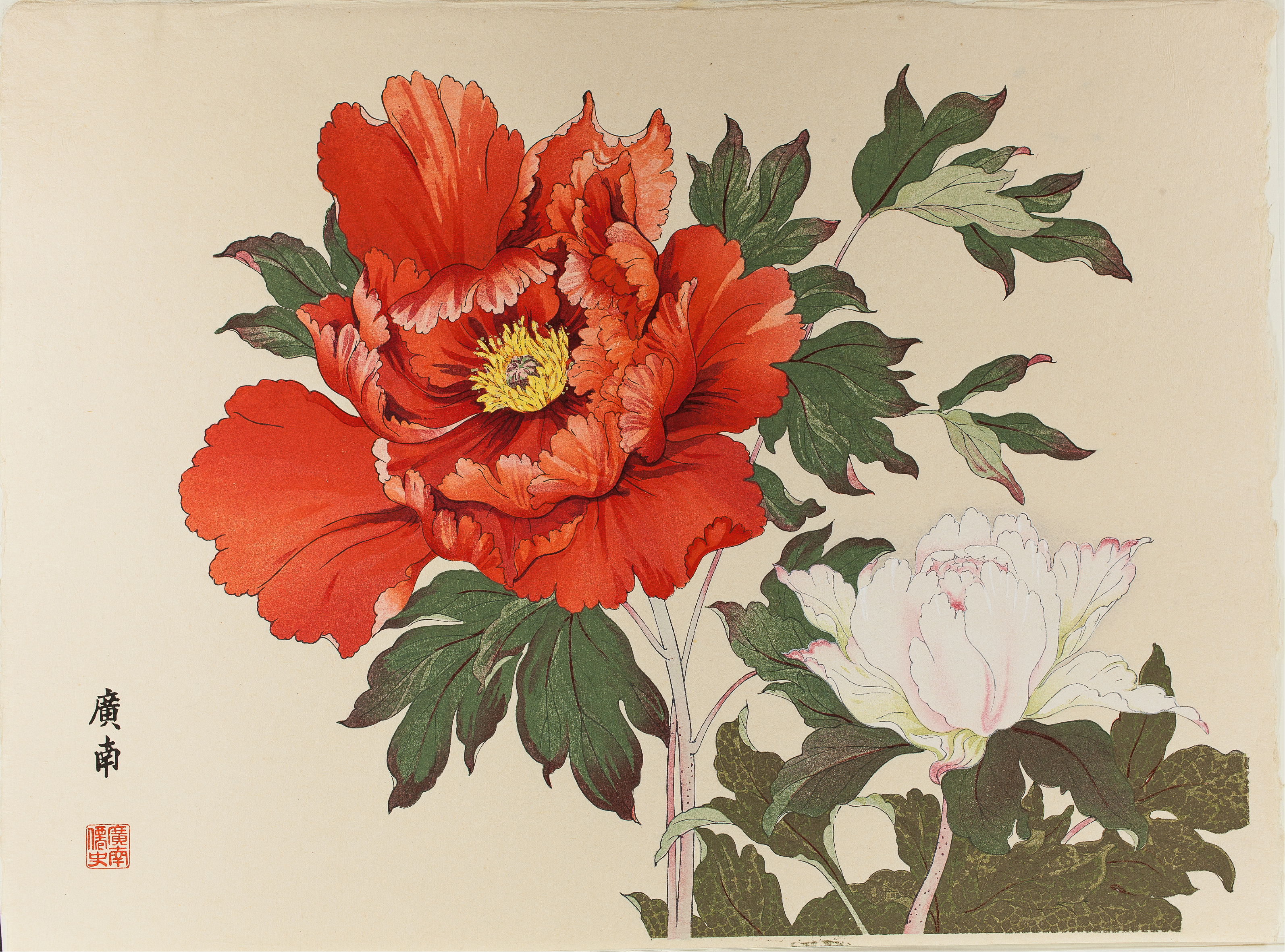Japanese Kachō-e at Museum of Natural History Woodblock Prints Vividly Capture Nature
Woodblock Prints Vividly Capture Nature

Japanese woodblock printing exerts an undeniable fascination around the world, particularly in its kachō-e form, a style that applies ukiyo-e aesthetics and printing technique in the service of subjects from nature. The birds, flowers, insects, fish, and mammals that appear in these works are among the most vivid and memorable such images ever recorded. Through a combination of color, line, and composition, the works in Kachō-e: Impressions of Natural History in Japanese Art achieve a distinctive vitality and coherence, a completeness in themselves analogous to the independence and sovereignty of the creatures they represent. On view through January 5, 2020, at the Maximus Gallery in the Santa Barbara Museum of Natural History, this fine collection, much of which is on loan from New Jersey artist Bill Logan, offers a rare opportunity to revel in the exquisite balance of form and content reached in the Edo and Meiji print shops where the kachō-e were made.
In line with the mission of the Maximus Gallery, which focuses on images of nature made before the 20th century, these prints range in date from 1749 to the late 1800s. Through comparison of the different artists in the show, one can begin to assemble a sense of the way that kachō-e evolved stylistically over time. For example, there’s a noticeable shift between the Edo period as in the most famous artist in the show, Hokusai (1760-1849), and the Meiji period, when Kōno Bairei (1844-1895) was active. The latter is unquestionably one of the stars of this exhibition. His ability to express the lively presence of individual animals is on display in three prints that show a wild boar, a carp, and a snake, respectively, each caught with a left eye looking at the viewer. Yet just as one becomes accustomed to the practice of isolating an individual specimen on a quiet plane of tint as seen in these images, Bairei delivers a tour de force of integrated composition with something like the extravagant “Peacocks and Apple Blossoms” from his series Album of Flowers and Birds.

Less influenced by the scientific agenda of classification than their Western contemporaries, these artists were free to employ the traditional techniques developed in Japanese woodblock ateliers to celebrate the intricacies of the natural world as pure image. The lone sparrow looking out from behind a pair of pale green bamboo shoots created by artist Kamisaka Sekka (1866-1942) is every bit as elemental as the white chickens that William Carlos Williams placed next to the red wheelbarrow in his well-known 16-word poem of that name.
Part of the charm of this deeply satisfying show comes from thinking about the process that made these extraordinary objects. While everywhere you look there are brilliant, expressive lines that could only be the product of an individual’s personal gesture, the woodblock technique often involved multiple craftsman who specialized in one aspect of the production. Artists were not necessarily carvers of the block, and those who inked the forms and pulled the prints — itself a complex set of subprocesses involving the baren, a circular tool for burnishing — were a different group again. Master artists such as Kōno Bairei presided over ateliers consisting of as many as sixty apprentices. The compositional genius on display reflects not only the harmonies observed in nature but also those achieved in the shop through mutual trust and intergenerational respect for mastery and tradition.
4•1•1| Kachō-e: Impressions of Natural History in Japanese Art is on display at the John and Peggy Maximus Gallery of the Santa Barbara Museum of Natural History (2559 Puesta del Sol) through January 5, 2020. See sbnature.org.




You must be logged in to post a comment.